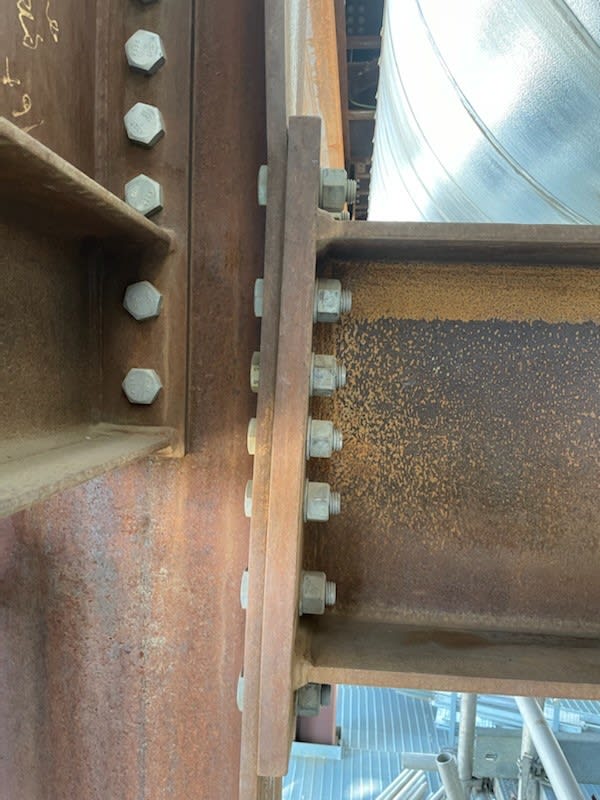Hello All,
This beam has been excessively loaded in an industrial plant and the column flange seems to have locally buckled, I would like suggestions on how to cost-effectively reinforce this column accordingly.
This beam has been excessively loaded in an industrial plant and the column flange seems to have locally buckled, I would like suggestions on how to cost-effectively reinforce this column accordingly.


